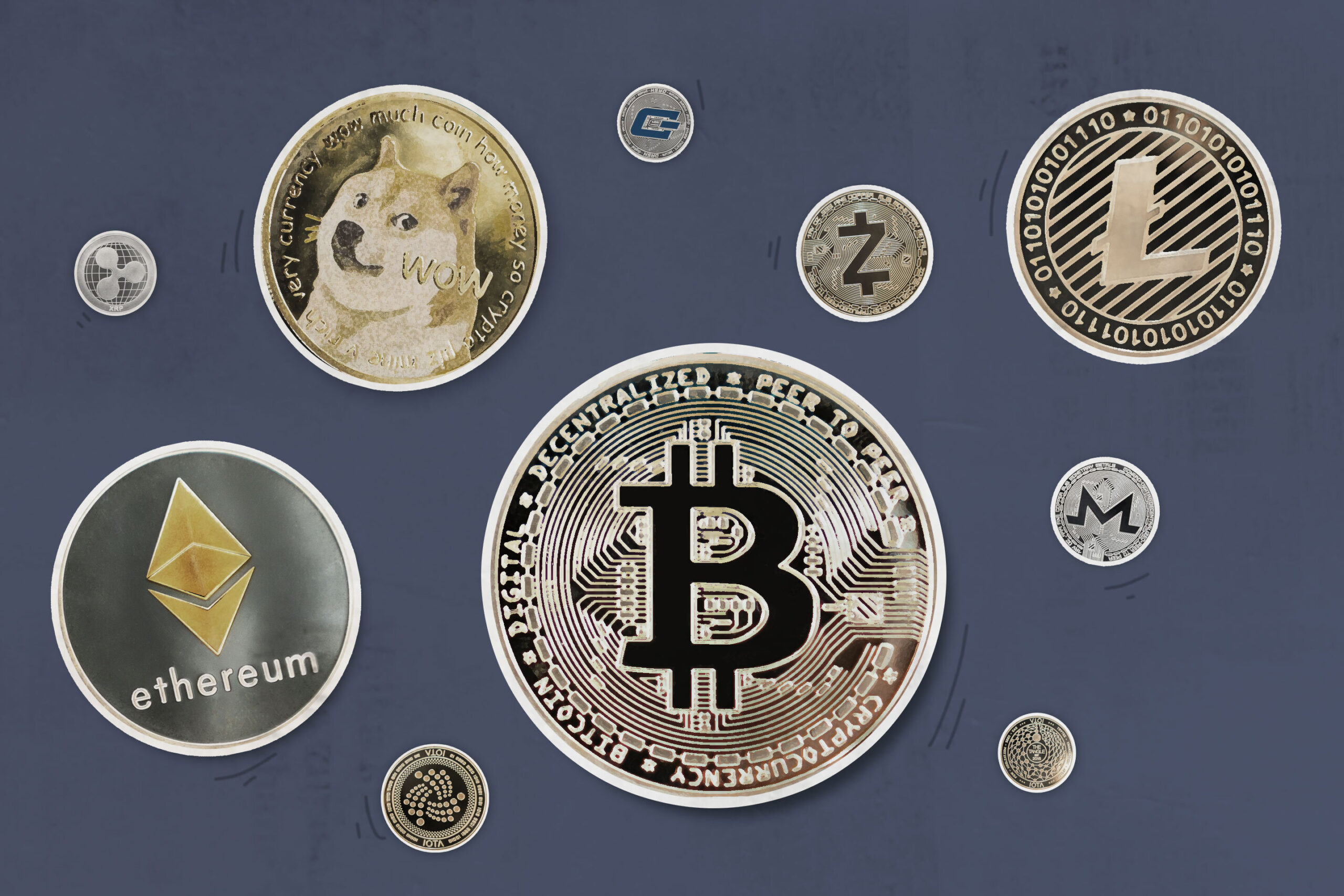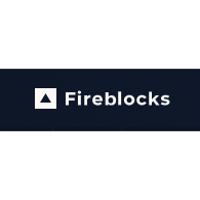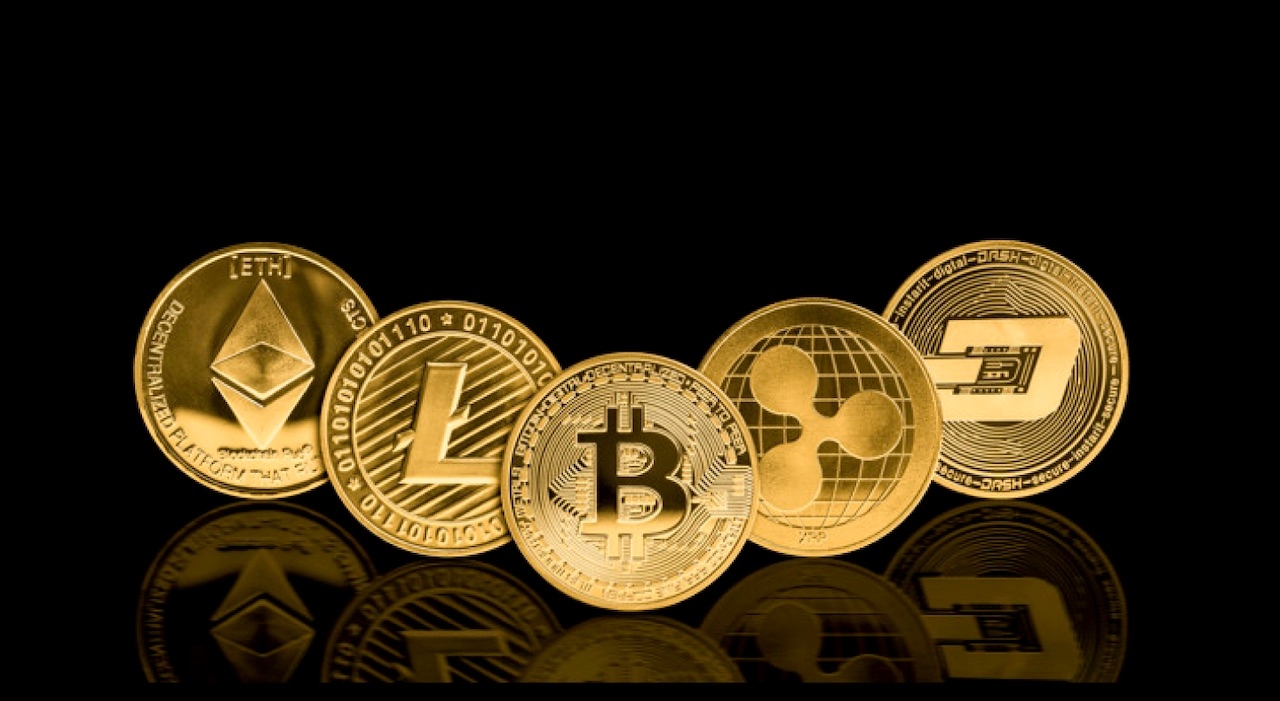Inordinately High Bitcoin Ordinals Send BTC Transaction Fees to New 5-Month Peak
"Experience a spike in Bitcoin transaction fees as BTC costs reach new heights. Learn why high Bitcoin ordinals lead to increased fees in this 5-month analysis."

Bitcoin transaction fees have soared to their highest levels in nearly six months as a renewed surge in Ordinals inscriptions puts pressure on block space.live cryptocurrency prices Data from statistics resource BitInfoCharts shows the average BTC transaction fee approaching $6 as of November 7, 2023.
What are Bitcoin Ordinals?
Bitcoin Ordinals are a type of non-fungible token (NFT) that can be inscribed directly onto the Bitcoin blockchain. Unlike Ethereum-based NFTs, which store data on a separate network, Ordinals are embedded within the Bitcoin transaction data itself. This makes them more resistant to censorship and allows for the creation of unique digital artifacts, such as images, text, and even entire websites.
The Surge in Ordinals Inscriptions
The recent spike in Ordinals inscriptions has been attributed to several factors, including the release of new Ordinals-related tools and increased interest in the Ordinals project from the NFT community. As more users inscribe Ordinals onto the Bitcoin blockchain, the demand for block space increases, which in turn drives up transaction fees.
Impact on Bitcoin Transaction Fees
The surge in demand for block space has caused Bitcoin transaction fees to skyrocket. On November 7, 2023, the average BTC transaction fee reached $5.80, the highest level since June 2023. This has made it more expensive to send Bitcoin transactions, and it has also caused longer wait times for transactions to be confirmed.
Concerns about Network Congestion
Some Bitcoin users are concerned that the surge in Ordinals inscriptions could lead to network congestion and further increases in transaction fees. They argue that Ordinals are not a good use of Bitcoin's block space and that they are putting unnecessary strain on the network.
Developers Respond
Ordinals developers have responded to these concerns by saying that they are working on ways to improve the efficiency of Ordinals inscriptions. They have also said that they are committed to avoiding network congestion and ensuring that Bitcoin remains a usable and scalable crypto market cap.
Outlook for Bitcoin Transaction Fees
It is unclear how long the current surge in Bitcoin transaction fees will last. If the demand for Ordinals block space continues to increase, then fees could remain elevated for some time. However, if the demand for Ordinals subsides or if developers find ways to improve the efficiency of Ordinals inscriptions, then fees could come down.
Overall, the surge in Ordinals inscriptions has had a significant impact on Bitcoin transaction fees. It remains to be seen whether this trend will continue, but it is a development that Bitcoin users should be aware of.
Potential Solutions to Address Ordinals' Impact on Transaction Fees
The recent surge in Ordinals inscriptions has highlighted the need for a more sustainable approach to managing block space on the Bitcoin blockchain. Several potential solutions have been proposed to address this issue:
Reduced Ordinals Size: Ordinals developers could focus on reducing the size of Ordinals inscriptions, thereby minimizing their impact on block space usage. This could involve optimizing data storage techniques or employing more efficient encoding methods.
Off-chain Storage for Non-essential Data: For non-essential data associated with Ordinals, such as images or videos, developers could consider leveraging off-chain storage solutions. This would offload the storage burden from the Bitcoin blockchain, reducing the demand for block space and alleviating transaction fee pressure.
Alternative Ordinals Infrastructure: The Ordinals project could explore alternative infrastructure, such as sidechains or layer-2 solutions, to manage Ordinals data and transactions. This would effectively isolate Ordinals from the main Bitcoin blockchain,crypto market prediction
preventing them from directly impacting block space availability and transaction fees.
Addressing Network Congestion Concerns
Resolving concerns about network congestion requires a holistic approach that considers the overall growth of the Bitcoin network and the evolving needs of its users. Potential measures to address congestion include:
Block Size Increase: Increasing the block size limit would allow for more transactions to be included in each block, potentially reducing congestion and improving transaction throughput. However, this approach also carries risks of increasing network centralization and transaction malleability.
Segwit Adoption: Full adoption of the Segregated Witness (Segwit) protocol would significantly increase the effective block size, alleviating congestion without significantly altering the block size limit. Segwit enables more efficient data storage within blocks, allowing more transactions to be packed into a given block size.
Layer-2 Solutions: Layer-2 solutions, such as the Lightning Network, offer off-chain transaction routing, enabling users to transact without directly interacting with the main Bitcoin blockchain. This reduces congestion on the main chain and improves overall network scalability.
Navigating the Future of Bitcoin and Ordinals
The surge in Ordinals inscriptions highlights the importance of balancing the innovative potential of new technologies with the long-term sustainability of the Bitcoin network. crypto stock price
By carefully considering the impact of new applications on block space and transaction fees, the Bitcoin community can ensure that the network remains a reliable and accessible platform for value transfer and financial inclusion.
What's Your Reaction?
















